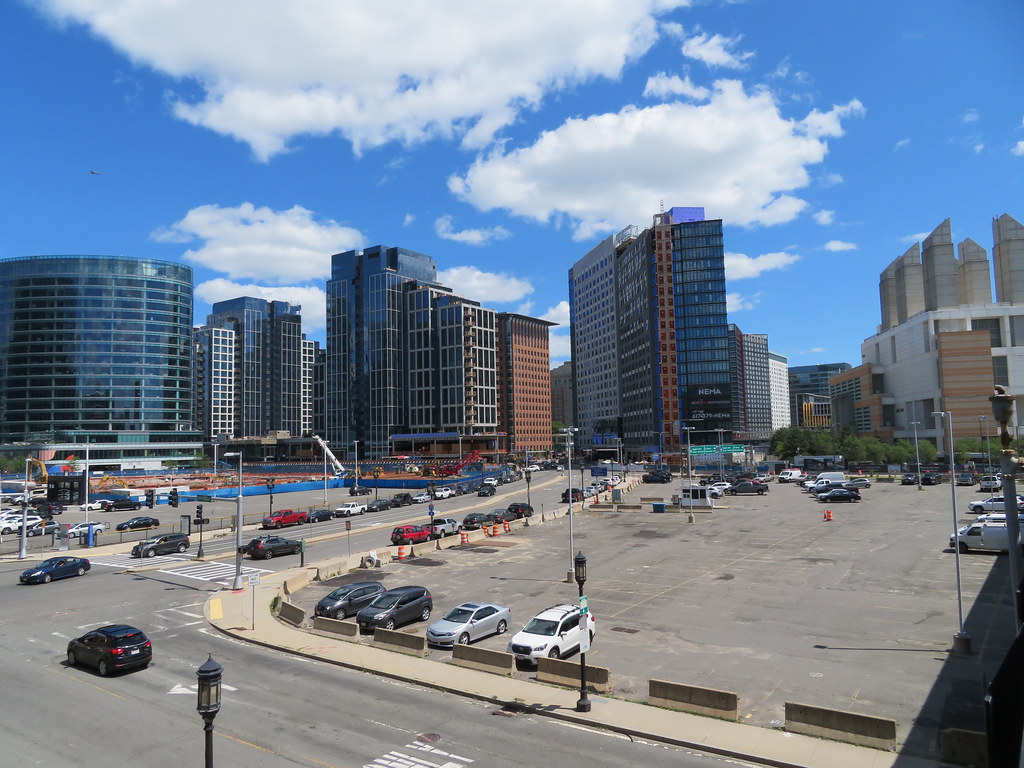Suffolk 83
Senior Member
- Joined
- Nov 14, 2007
- Messages
- 2,996
- Reaction score
- 2,402
The fundamentals of air travel have really changed remarkably little in the last 50 years. For example, Boeing 737s and 747s were flying in 1969. They're still flying today, just updated versions of the same craft. Of all technologies, commercial air travel is one that has seen the fewest technological breakthroughs in the last half-century.
There's more software under the hood, but jets today fly just about the same as they did in the days of Apollo program. For example, modern commercial planes take-off and land pretty much identically to those of the past. There's little reason to believe any huge game-changing breakthrough is likely to come anywhere in the foreseeable future.
Fair point but looking at the past isnt always the best way to predict the future.













